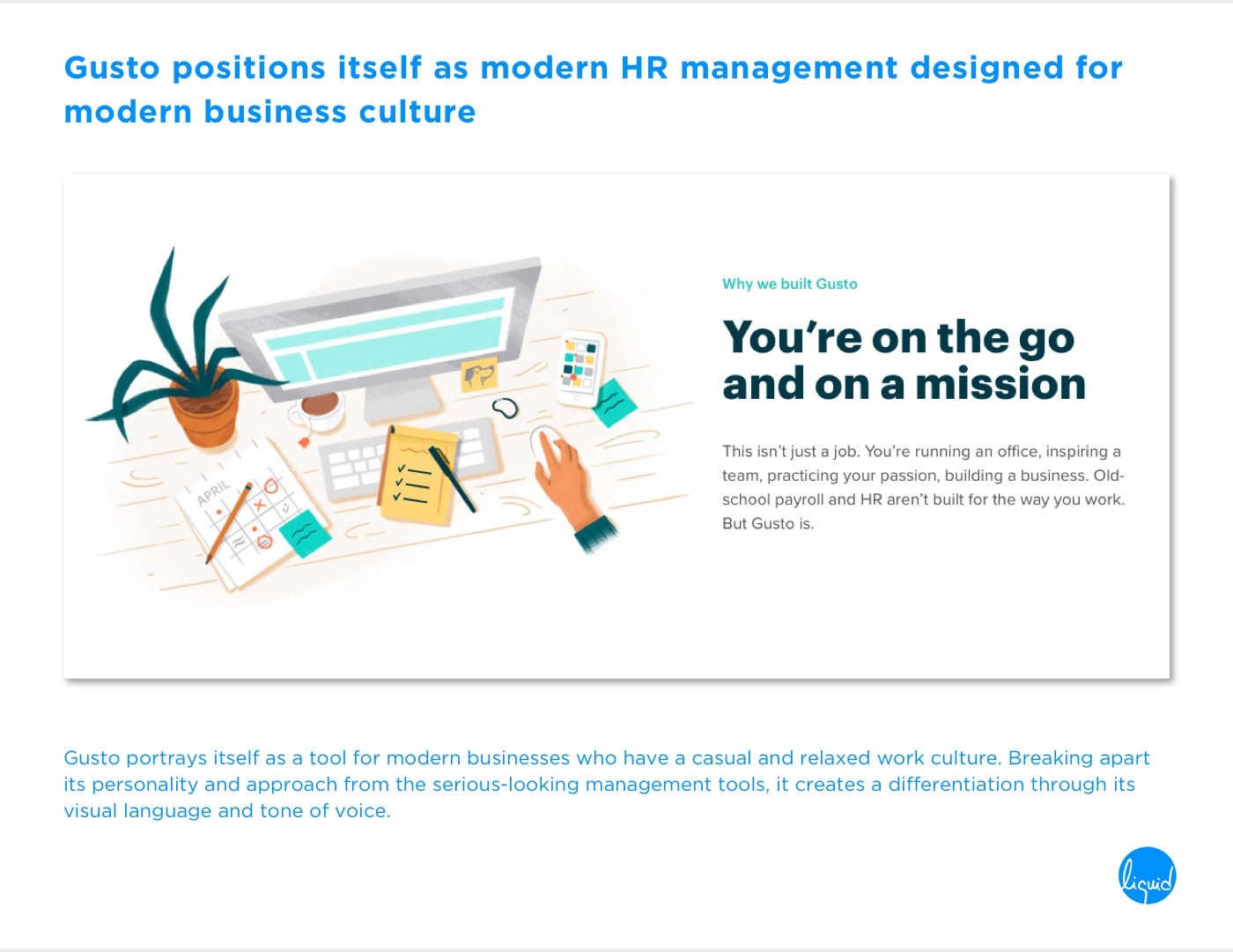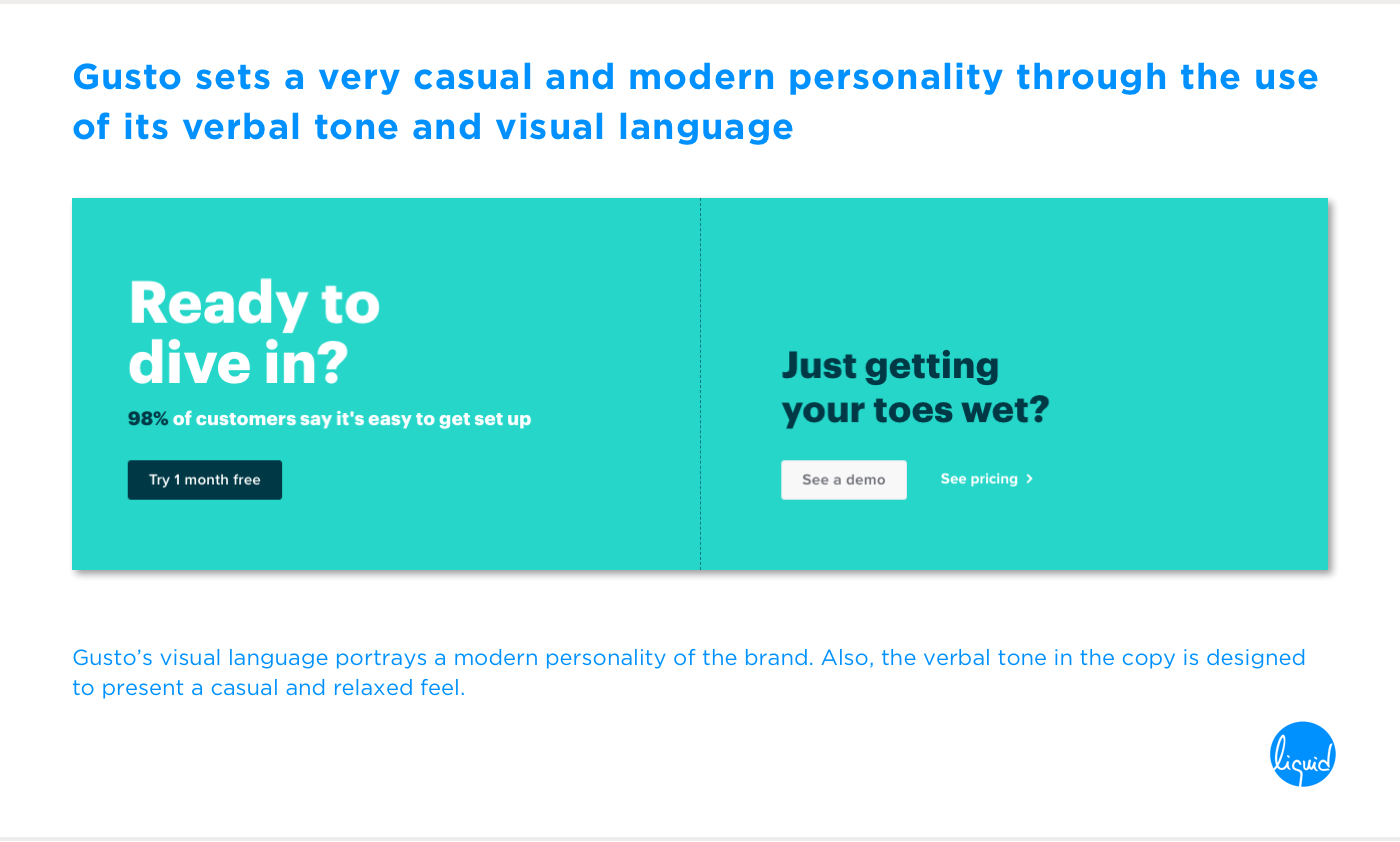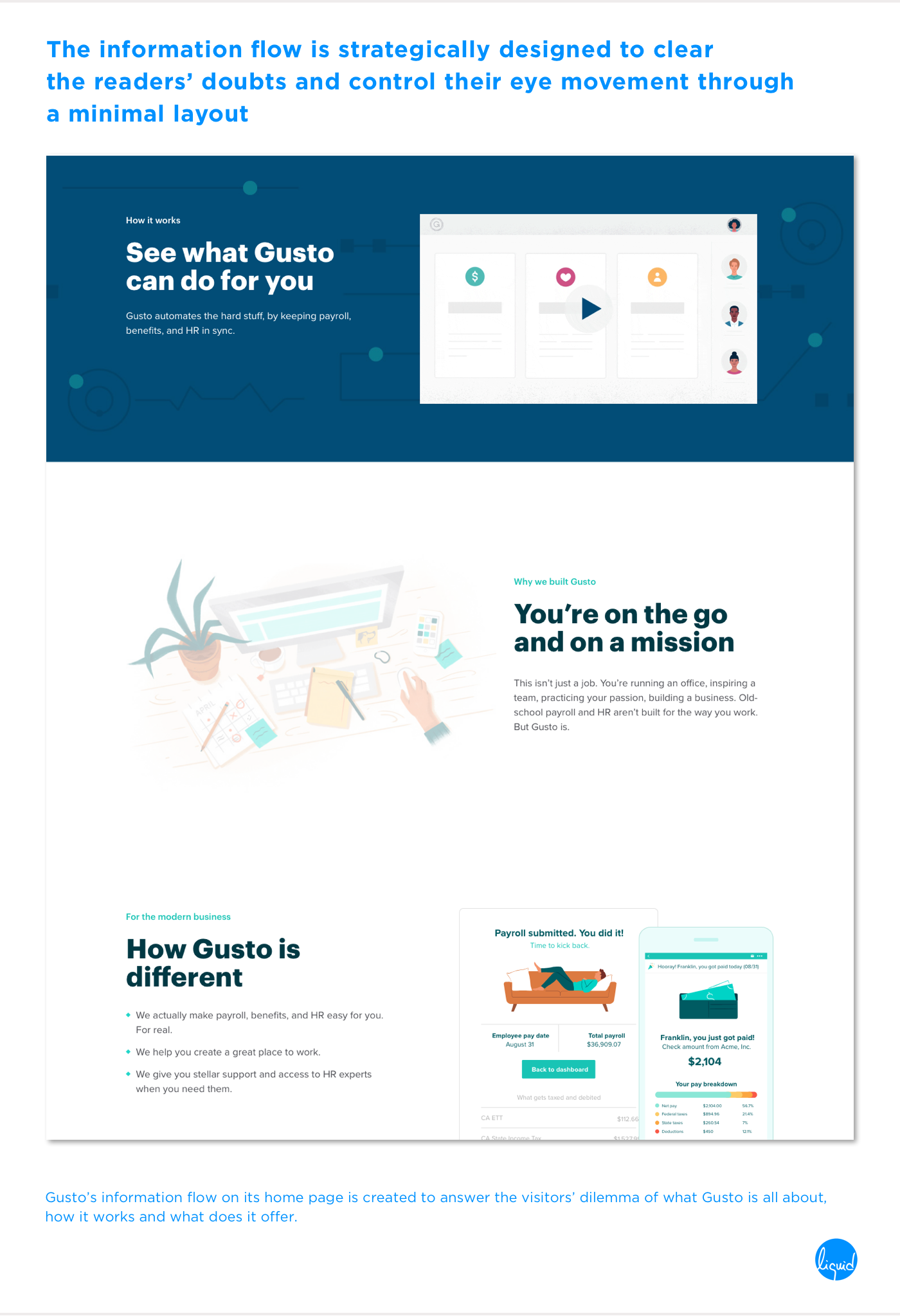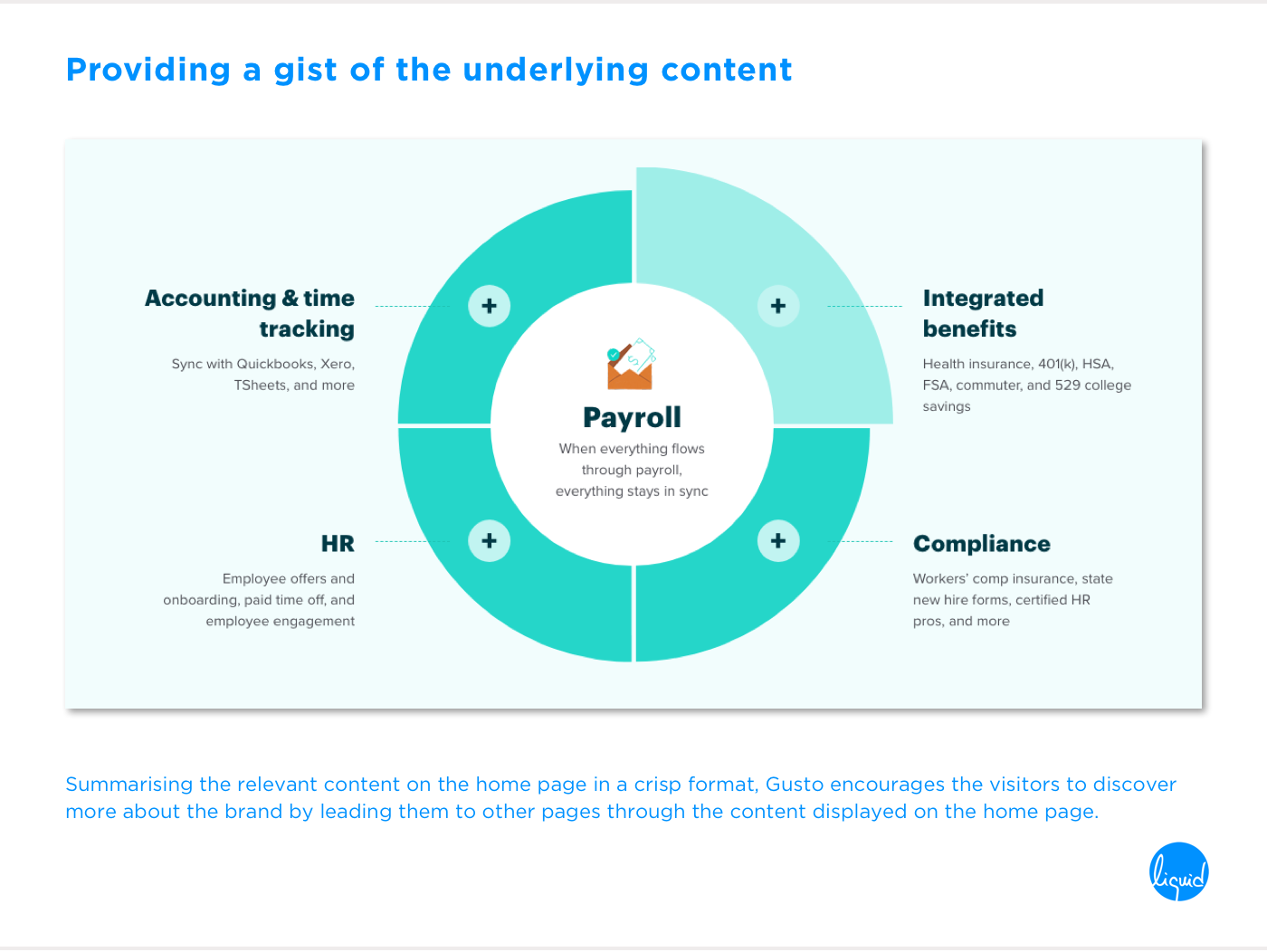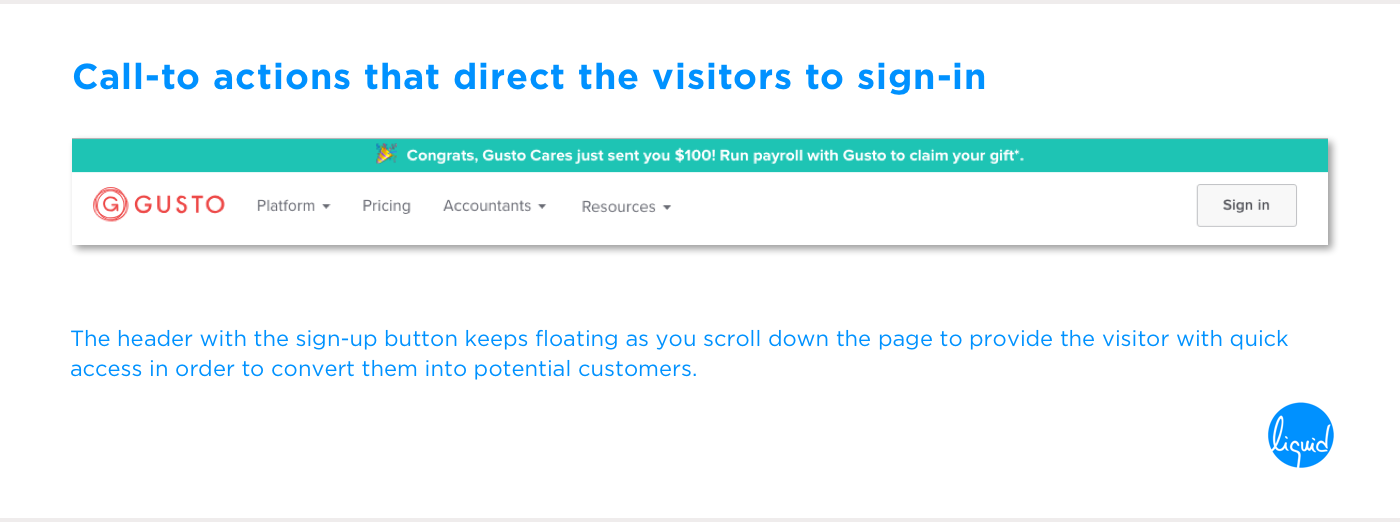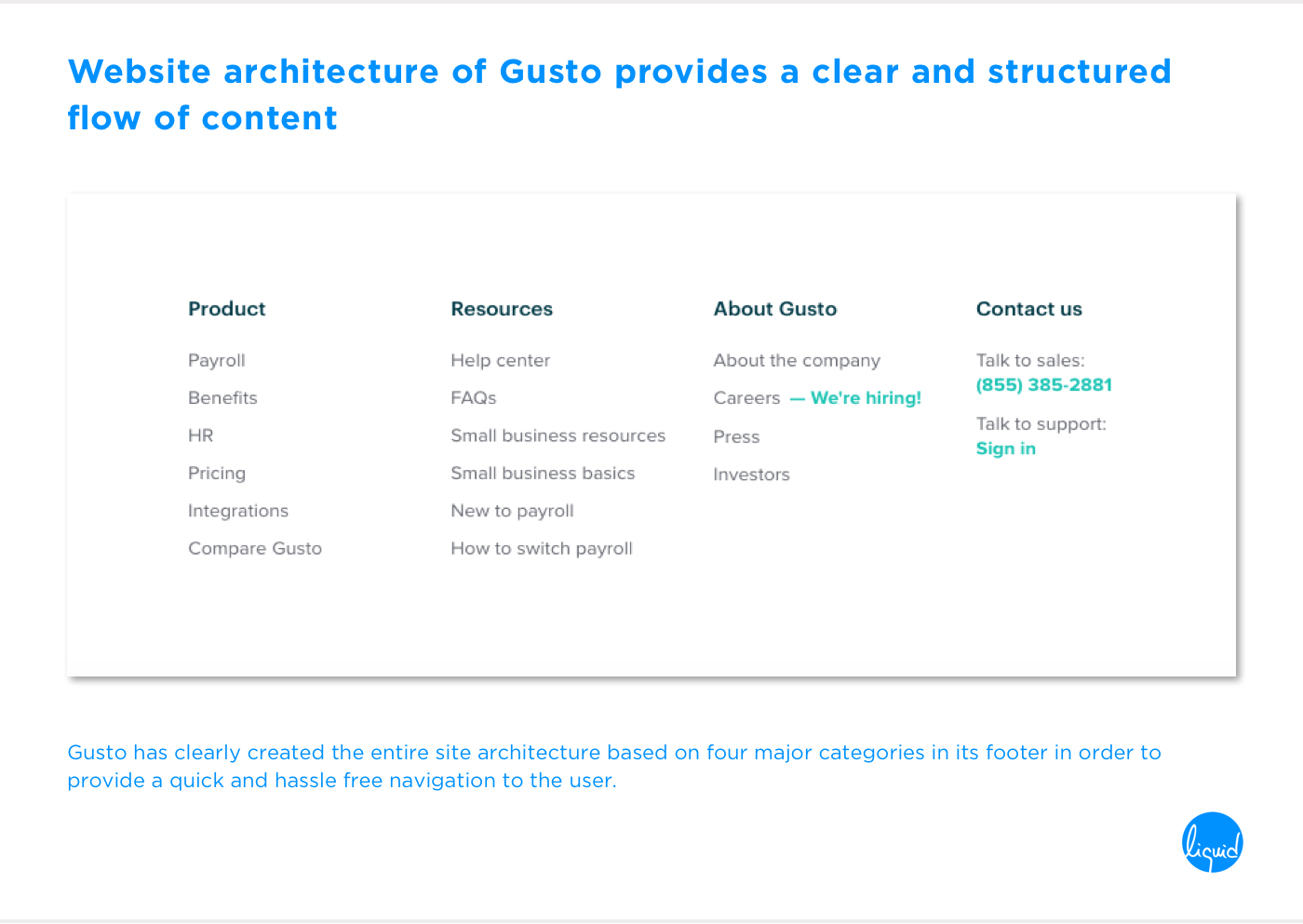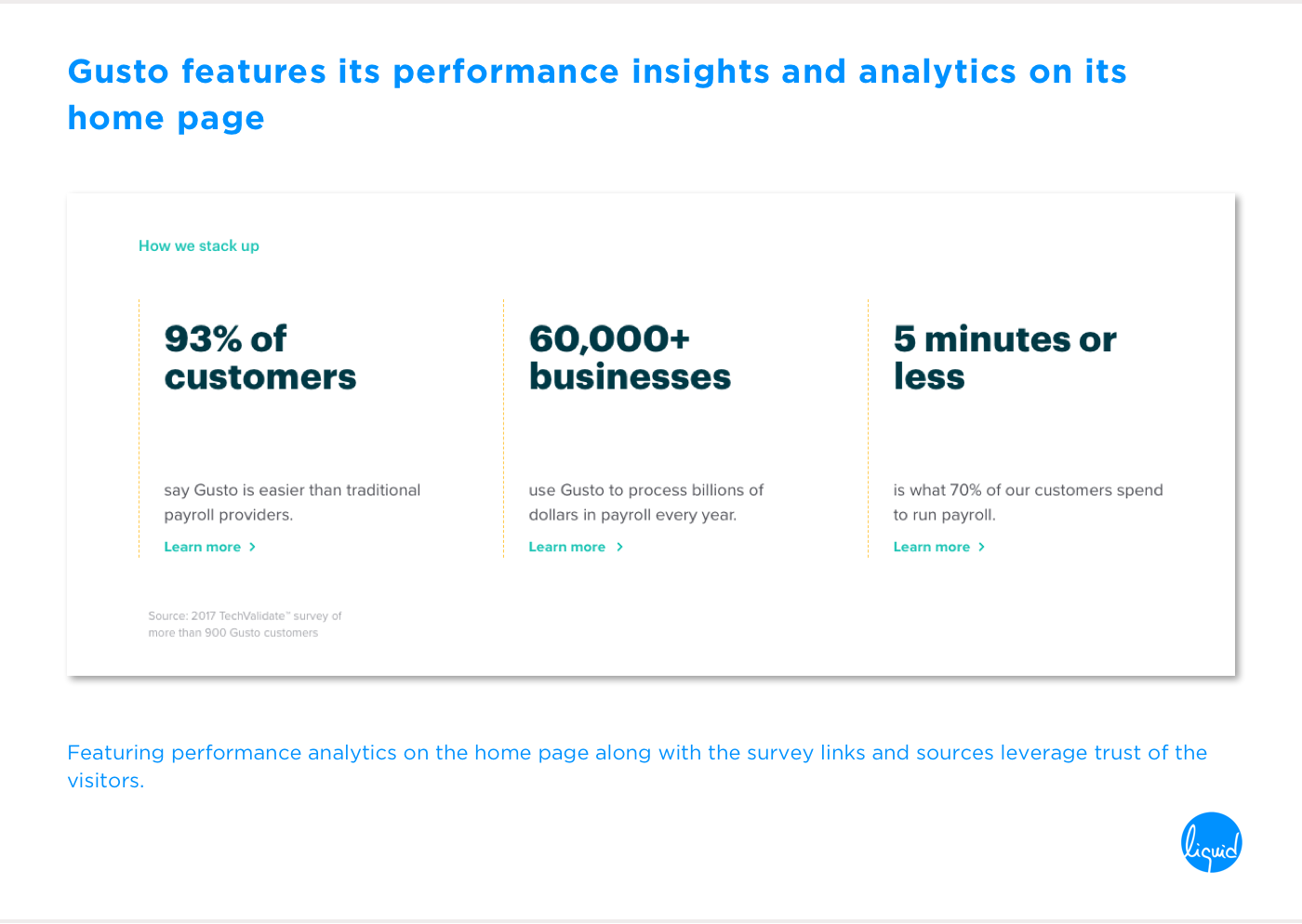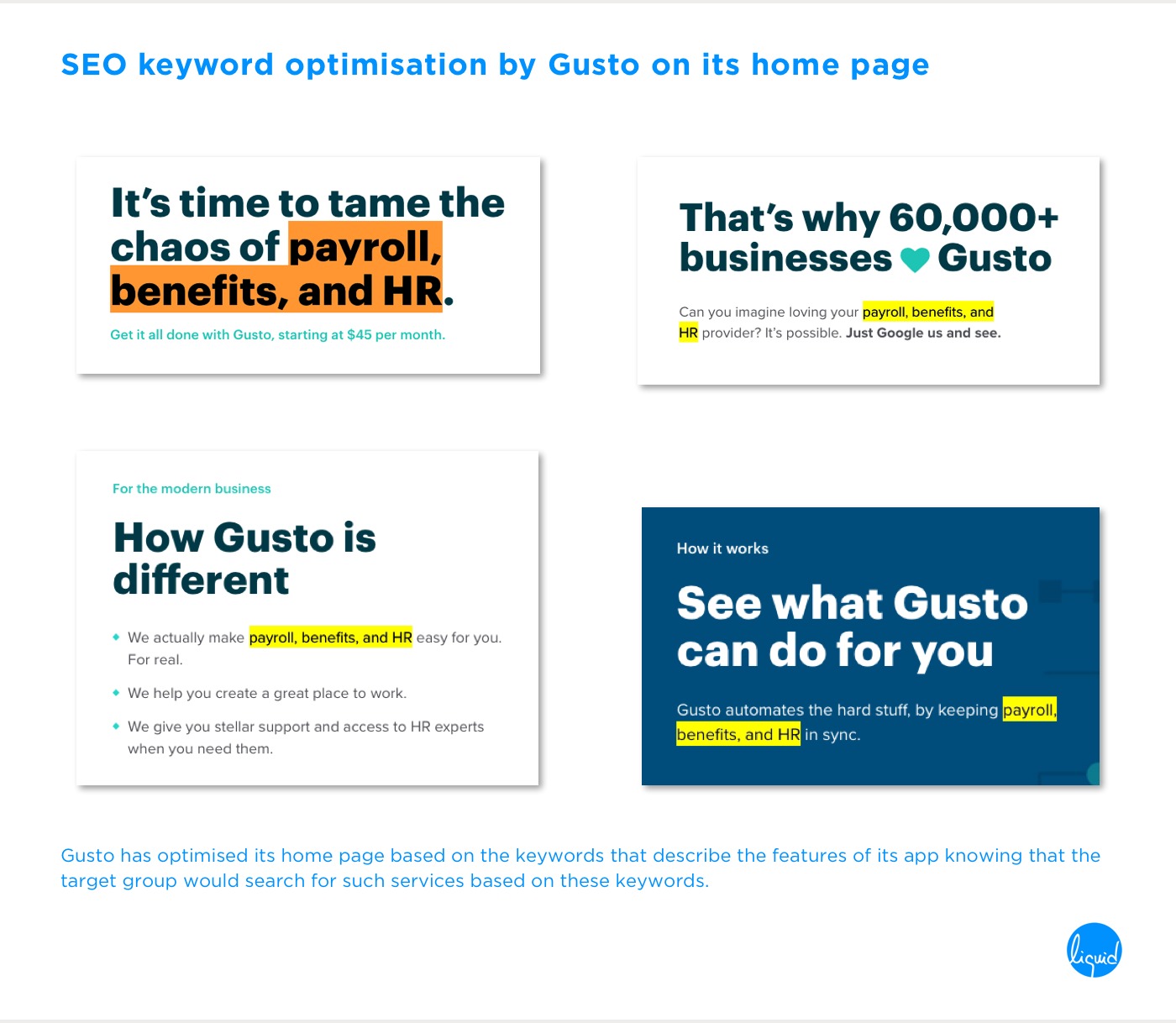Strategic brand communication is done with the objective of delivering consistent and meaningful messages to the audience. It creates a purposeful conversation between the brand and its audience. It all starts with:
The first step in strategic communication to create a home page that converts is mapping out the buyers’ persona. This allows the buyers to resonate well with your brand before making a purchase. Learning about the psychographic and demographics characteristics of the buyers is necessary to come up with effective brand communication. It provides a better understanding of the buyers’ pain points, their behaviour and needs. This helps in building a communication that tends to understand them by addressing their problems resulting in increased conversions on home page itself.
The next step after understanding your buyer is coming up with a value proposition for your brand. Value proposition is the value for money that the customer would get after purchasing your product or service. The value is not only about the benefit or the physical attributes of the product or service, but it can also be an emotional satisfaction that is gained through its use. Defining the value proposition provides a clear direction while designing the brand communication.
The creative communication for a brand is done with the aim of evoking the audiences’ interest and creating better engagement with the brand. It is reflected through the visual and verbal elements of the brand. It starts with deciding what you want to communicate about the brand.
The core messaging in marketing reflects the vision and mission of your brand and how the brand aims to resolve the customers’ pain points. It defines the purpose and what is the brand aiming to fulfil through the usage of its products or services. The core message is given a creative treatment in the form of a tagline and copy to make it engaging for the visitors. A lot of times, the creative copy is written with the objective of forming an emotional connect with the audience by trying to relate through the events experienced by the audience in their lives.
The first impression of your brand in front of your target group decides whether they would be keen to explore more, make a purchase and visit your website again. This is achieved only when the brand reflects a personality that aligns with the behaviour and attitude of its target group. The audience can only connect well with the brand if it is able to reflect their aspirations and taste. The brand personality is created through the brand identity which includes not just the visual language but the verbal tone as well. The visual language includes the logo, fonts, colours, iconography, photographic approach etc. On the other hand, the verbal tone is all about setting the tone of voice that reflects the attitude of the brand. These elements bring out the human-like persona for a brand that resonates well with the audience and increases conversions on home page.
Apart from communication, the functional components involved in the website also play an important role in the visitors’ journey through your website. Obstacles and misleading events while using a website often degrade the experience of the users. To gain control over the actions and experience of the visitors, it is necessary to keep the following components in mind to make the users’ journey smooth and hassle-free.
Studying the pattern of how the visitors behave on the website can provide critical insights while designing a stellar home page. This helps in strategic placement of information that allows you to direct the eye movement of the visitors. Some parts or information on the home page are specifically highlighted to grab more attention. Creating a visual hierarchy by making some content blocks more prominent drives the visitors’ focus by controlling their eye movement and ultimately leads to increase in conversions on home page.
The home page is the link to all other pages and content available on the website. It surfaces a crisp outline of the overall content that the website holds. Understanding the visitors’ behavioural patterns on the website through heat maps can provide insights about their interests and concerns. This helps in deciding the amount of content required to push the visitors. Most of the times, too overwhelming or too insufficient content kills the curiosity and willingness of the visitors’ to open further pages and explore more about your brand.
Call-to-actions are the doors that take the users closer to the purchase process. Inserting call-to actions at relevant places on the home page can instantly make the visitors proceed to the purchase journey that increases conversions on home page. On the home page, these are not just meant to encourage buying but they also aim at taking the users to other pages that contain more information about the brand to convince them better. Call-to-actions that are too pushy to lead to sale create a negative image about the brand. Strategically placed call-to-actions allow the users to absorb information about the brand and take actions accordingly.
The online audience is quite familiar with the working of the website and is clear on what she is expecting by clicking on the navigation tabs and call-to-actions. Providing a clear navigation helps in facilitating smooth and hassle free user experience while browsing through the website. Designing an unclear flow, structure and architecture of the website can leave the visitors disappointed and obstruct the users’ journey.
Text content is the main constituent of information that brings more understanding and clarity about the brand. Both, the new and the repeat visitors expect to see relevant and engaging information when they scroll through your website. Hence, the content on the home page contains all the required information to engage the new visitors and something new to bring them back every time.
No matter how big or small is your brand, testimonials, user-data and awards hold authority that allows the audience to create a trustworthy perception about your brand and its offerings. Building trust is one major component after connection that leads to conversions. People tend to rely on the customers more than they rely on the brand. Testimonials are a great way to create a positive perception about the brand. Many brands feature testimonials shared by their clients and customers on the brand’s social media page. This creates more trust and authority as they are open to the public and are thus, more reliable.
SEO is the basic fundamental of online visibility for growing brands. Due to the massively increasing traffic on the web, being visible requires strategic effort. Discoverability of your website is the basic criteria for organic traffic to allow conversions on home page. Optimising the content according to the SEO standards is crucial to level up the discoverability of your brand online when the target audience tends to search for your products or services based on appropriate keywords.
Once the homepage is created, the output needs to verified to check the rate of conversions on home page. The needs, expectations and behavioural patterns of the consumers change with time. Hence, it is always beneficial to test and analyse the results at regular intervals in order to measure the output. The following questions can help greatly in testing and improving the effectiveness of your website’s home page.
As home page of a website is one of the most favourite destinations of a user to discover a brand. Therefore, providing all necessary information and lending it the right personality is imperative. Only if the visitor connects well with the brand he would take further actions in favour of the brand. The objective of coming up with an effective brand communication and personality is to attract and engage the right profile of visitors and to turn them into potential customers. Laying enough focus on brand positioning, brand personality and brand communication on all marketing touch points, more specifically the home page of a website is the only way to convert well.

